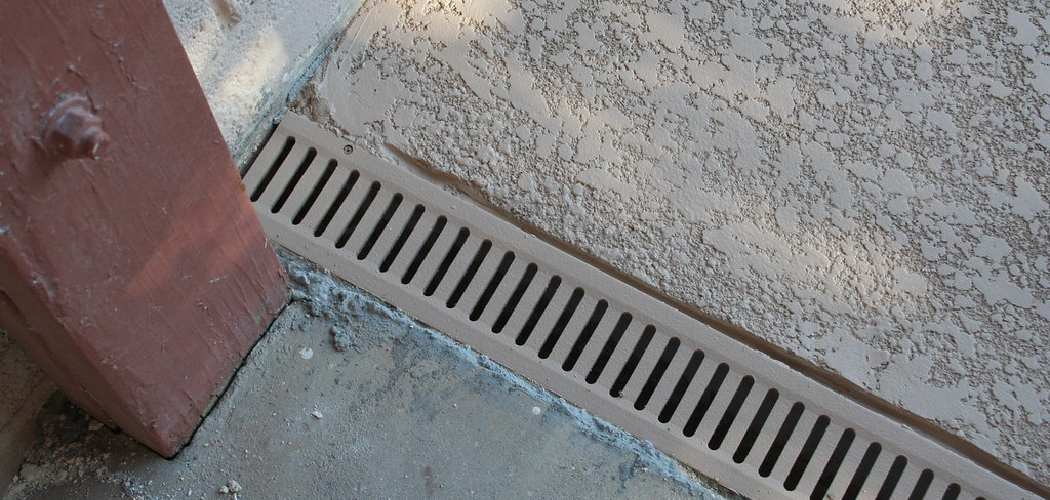Remodeling your bathroom can be a very exciting and rewarding project. Still, it can also be very complex, especially if you need to install a shower drain on a concrete floor. Concrete is a very strong material that can be very challenging to work with, but with the right knowledge and tools, it is possible to successfully install a shower drain on a concrete floor.
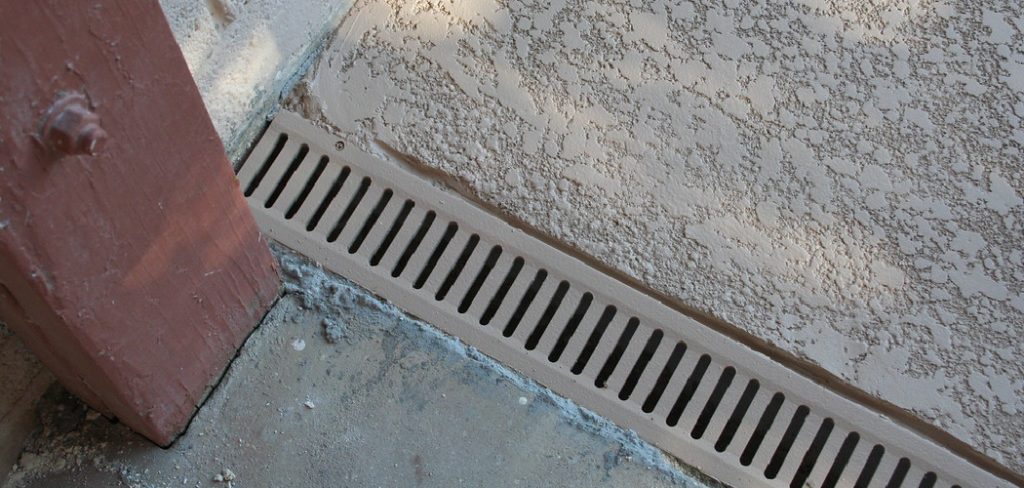
In this blog post, we will guide you through the process of how to install a shower drain in concrete floor step-by-step, ensuring that your remodel project is a success.
Can You Install a Shower Drain on The Concrete Floor?
Renovating your bathroom can be an exciting yet daunting task, especially when installing a shower drain on a concrete floor. While it may seem like a challenging project, it is definitely possible with the right tools and techniques.
To install a shower drain on a concrete floor, you will need to make a hole in the concrete using a hammer drill. Next, you will need to secure the drain flange in place using concrete anchors. Once this is done, you can attach the shower pan and connect the drain.
While DIY installation is possible, it’s crucial to do your research beforehand and follow the necessary steps carefully to avoid any potential issues. With a bit of patience and attention to detail, you can successfully install a shower drain on a concrete floor.
Why Should You Install a Shower Drain on The Concrete Floor?
Installing a shower drain on a concrete floor may seem daunting, but it is a crucial step in any bathroom renovation project. Not only does it facilitate proper drainage of water, but it also helps to prevent the buildup of mold and mildew. Without a shower drain on the concrete floor, standing water can accumulate and lead to stagnant water that can become a breeding ground for harmful bacteria and allergens.
Moreover, a shower drain makes cleaning a lot easier since any debris or hair that might clog the drain can be easily removed. By installing a shower drain on your concrete floor, you ensure your safety and a clean and hygienic showering experience, making it a worthy investment in the long run.
The Ultimate Guide on How to Install a Shower Drain in Concrete Floor
Step 1: Prepare the Work Area
Before you start your shower drain installation project, you need to make sure that the work area is properly prepared. This means you must remove any debris and thoroughly clean the area. You will also need to measure the area where the shower drain will be installed and mark it with a pencil or marker.
Step 2: Cut the Hole
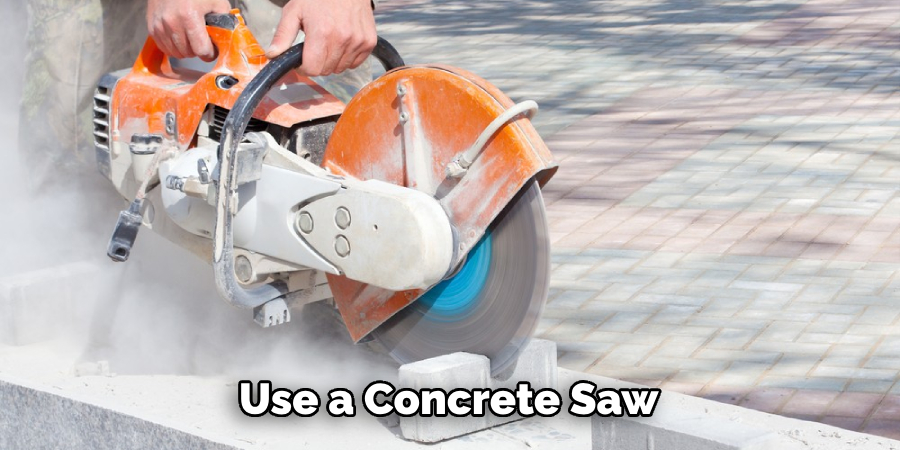
Once you have properly prepared the work area, it is time to cut the hole where the shower drain will be installed. This is perhaps the most important step, as the size of the hole must match the size of the drain. You can use a concrete saw to cut the hole, but make sure to wear protective gear such as eye and ear protection, as well as a dust mask.
Step 3: Install the Drain
Once the hole is cut, it is time to install the drain. Start by applying adhesive to the bottom of the drain flange and press it firmly into the hole you cut earlier. The adhesive will help keep the drain firmly in place. Next, attach the drain’s threaded flange to the drain pipe, making sure to tighten it securely.
Step 4: Seal the Drain
Sealing the drain is a crucial step in the shower drain installation process, as it will help prevent water from leaking into the concrete floor. To seal the drain, you will need to apply a layer of silicone caulk around the outside of the drain flange, making sure to use enough to create a waterproof seal. You can also use plumber’s putty as an alternative.
Step 5: Connect the Drain to the P-Trap
Now that the drain is securely installed and sealed, it is time to connect it to the P-trap. The P-trap is a curved piece of pipe that helps prevent sewer gases from entering your home. You will need to use a coupling and some PVC cement to connect the drain to the P-trap. Make sure to follow the manufacturer’s instructions when applying the cement.
Step 6: Test for Leaks
Once the drain is connected to the P-trap, it is important to test for leaks before proceeding with any further installation steps. To do this, simply run water through the drain and check for any leaks. If you find any, you must reapply the sealant or tighten connections as needed.
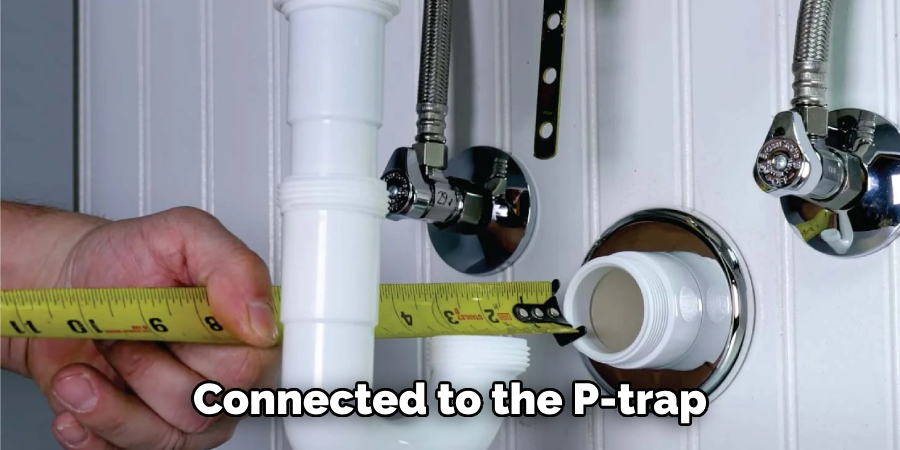
Step 7: Finish the Installation
If there are no leaks, then congratulations! You have successfully installed a shower drain on your concrete floor.
The final step is to finish the installation by securing the drain cover and attaching any additional parts, such as a strainer or drain grate. Make sure everything is tightened and secure before using your new shower drain.
That’s it! You’ve now learned how to install a shower drain on a concrete floor. Remember to always follow proper safety precautions and manufacturer’s instructions for the best results. Happy installing! So, now that you have successfully installed your shower drain, you may be wondering what to do next.
Well, the next step would be to properly maintain your new shower drain to ensure it lasts for years to come.
5 Considerations Things When You Need to Install a Shower Drain on Concrete Floor
1. Location of the Drain
The first consideration when installing a shower drain on a concrete floor is the location of the drain. Choosing a location that will provide proper drainage and prevent water from pooling in your shower is important.
Additionally, you will need to consider any existing plumbing or structural elements in the concrete that may impact the placement of your drain.
2. Type of Drain
Various shower drains are available, including linear drains, traditional round drains, and square drains. The type of drain you choose will depend on your personal preference and the design of your shower.
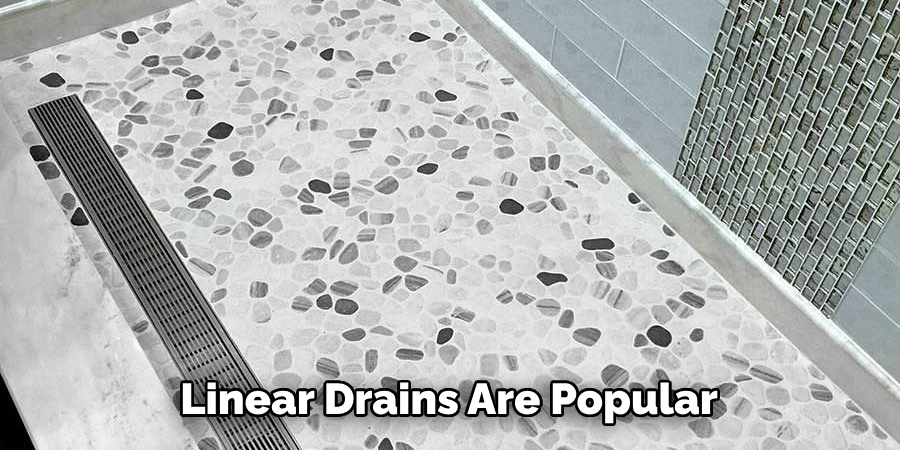
Linear drains are popular for their modern look and ability to handle larger amounts of water, while traditional round or square drains may be more cost-effective options.
3. Slope of the Floor
The slope or pitch of your concrete floor is important when installing a shower drain. To ensure proper drainage, the floor should slope towards the drain at a rate of 1/4 inch per foot. If the slope is not sufficient, water may pool in certain areas and cause damage to your shower or bathroom.
4. Waterproofing
Proper waterproofing is crucial when installing a shower drain on a concrete floor. This will help prevent water from seeping into the concrete and causing long-term damage. There are various methods for waterproofing, such as using a waterproof membrane or sealant, so it’s important to research which method will work best for your specific situation.
5. Professional Installation
Installing a shower drain on a concrete floor can be a complex process, and it’s recommended to hire a professional plumber for this task. They have the necessary tools and expertise to ensure that the installation is done correctly and meets all building codes and regulations. This will also save you time and potential headaches in the long run.
Benefits of Install a Shower Drain on a Concrete Floor
When it comes to your home’s interior design, installing a shower drain on a concrete floor can add both functionality and style. Not only does it help improve the drainage system, but it also offers a modern and sleek appearance to your bathroom. Furthermore, installing a shower drain on a concrete floor can eliminate obstacles and tripping hazards caused by traditional shower pans.
It can also be a great way to make your bathroom more accessible for family members with mobility issues. Overall, installing a shower drain on a concrete floor can greatly enhance your bathroom experience and add value to your home.
4 Common Mistakes People Make When Trying to Install a Shower Drain on a Concrete Floor
1. Not Properly Preparing the Concrete Floor
One of the most common mistakes people make when installing a shower drain on a concrete floor is not properly preparing the floor beforehand.
This can lead to uneven surfaces or gaps between the drain and the floor, which can cause leaks and other issues. It’s important to thoroughly clean and level the area where the drain will be installed and ensure that it is completely dry before beginning the installation process.
2. Using Incorrect Tools or Materials
Another common mistake is using incorrect tools or materials for the installation. Using tools specifically designed for working with concrete, such as a hammer drill, is crucial rather than regular power tools.
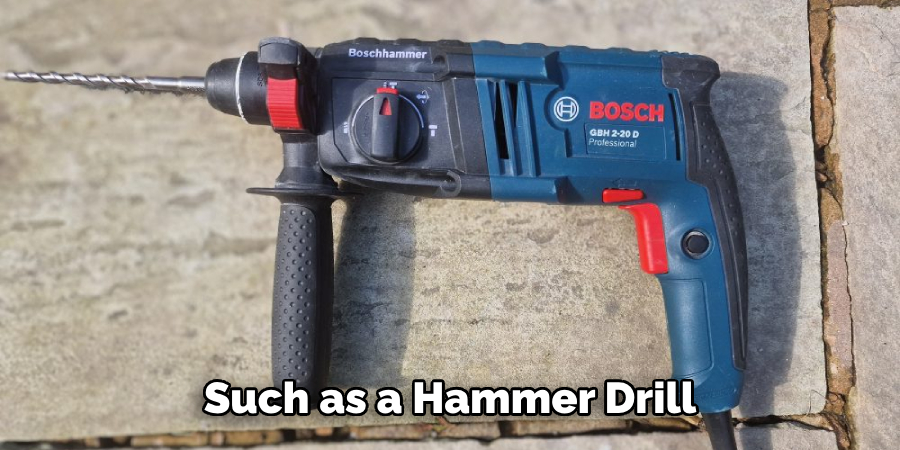
Additionally, using the wrong type of adhesive or sealant can also lead to problems down the line. It’s important to carefully read and follow all instructions and use materials suitable for concrete use.
3. Improperly Measuring or Cutting the Drain Hole
Measuring and cutting the drain hole in the concrete floor is a critical step in installing a shower drain, but it’s one that many people get wrong. If the hole is too small, it may not fit properly and could cause leaks.
On the other hand, if it’s too large, there may be gaps around the edges, which can also lead to leaks. It’s important to carefully measure and mark out the exact size needed for your specific drain before cutting into the concrete.
4. Not Allowing Enough Time for Adhesives to Dry
Finally, another mistake people make when installing a shower drain on a concrete floor is not allowing enough time for adhesives to dry before moving on to the next installation step.
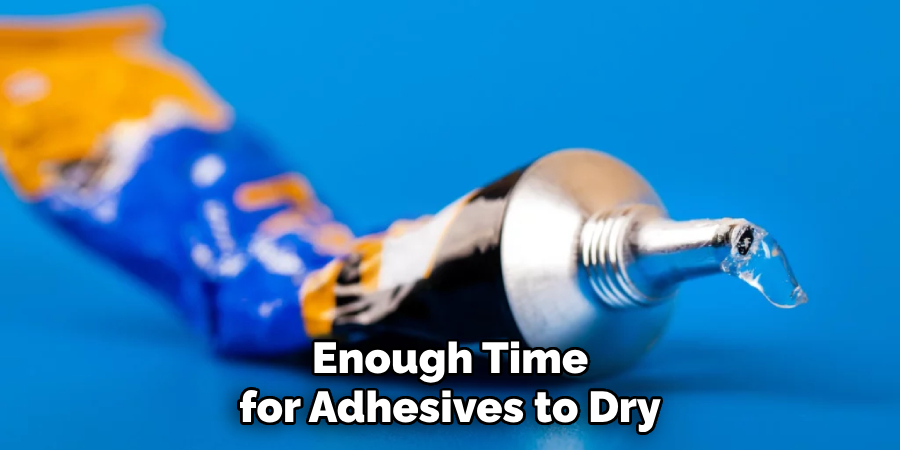
Adhesives need time to fully set in order to create a strong bond between materials, so rushing through this step can result in an unstable or faulty installation. Be sure to follow any recommended drying times before moving forward with your project.
Conclusion
Installing a shower drain on a concrete floor can be a challenging project, but with the right information and tools, it is certainly achievable. Following our step-by-step guide, you can successfully install a shower drain in your bathroom, providing a solid foundation for a flawless remodel project.
Remember to take your time and follow the steps carefully, and soon enough, you will have a beautiful, functional shower that you can enjoy for years to come. Thanks for reading our post about how to install a shower drain in concrete floor.
